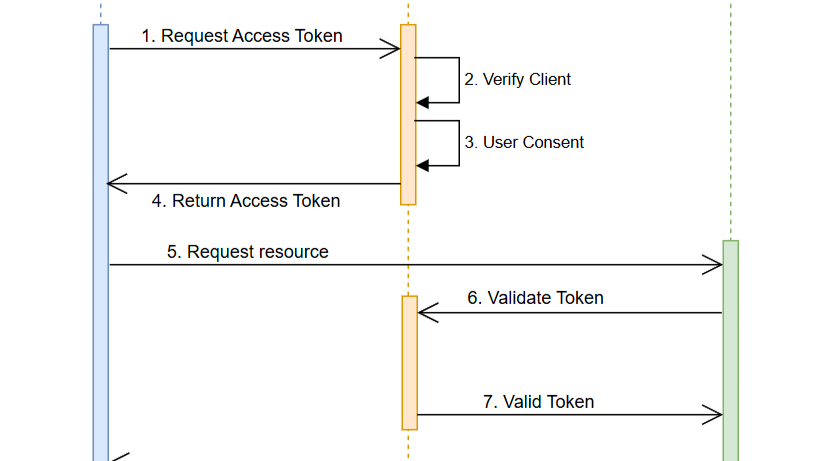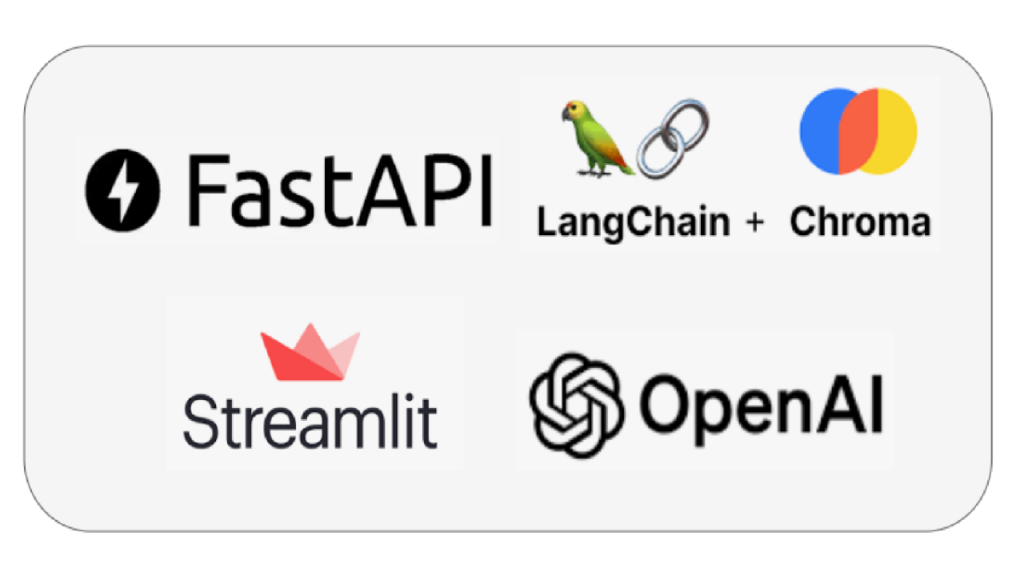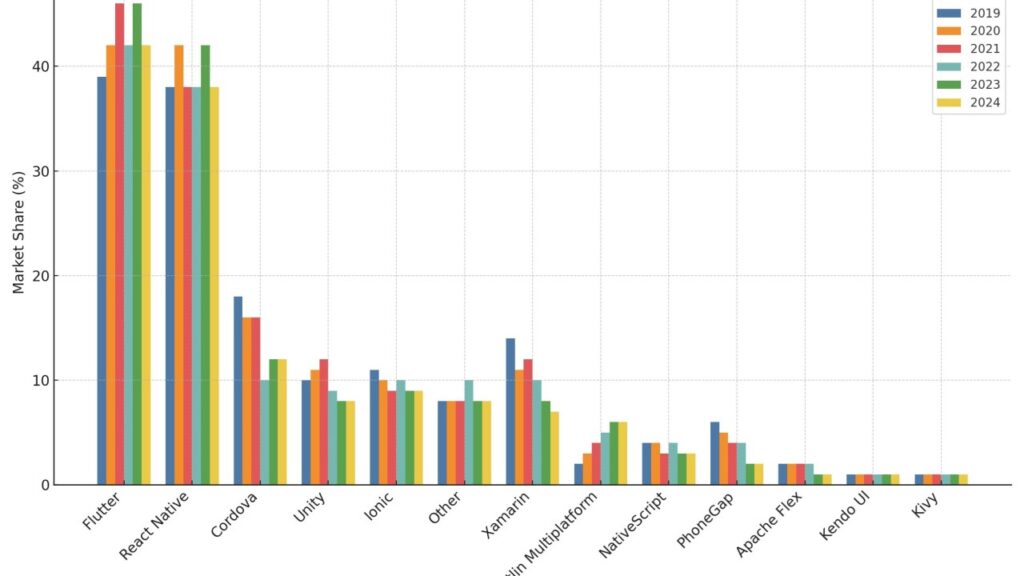Understanding Neural Networks: A Deep Dive into M L In the world of artificial intelligence (AI) and machine learning (ML), neural networks play a pivotal role in solving complex problems and enabling systems to make decisions, predictions, and classifications. At ByteCraft Labs, we understand the importance of this technology as we delve deeper into AI solutions across industries. Here, we break down the fundamentals of neural networks and how they work to help machines learn from data and make better predictions. What Are Neural Networks? A neural network is a class of machine learning algorithms, which is particularly prevalent in deep learning models. Furthermore, these models automatically learn and extract features from input data that are most relevant for a specific task, such as classification, regression, or recommendation. As a result, they can efficiently tackle complex problems across various domains. To know more about it click here! When building a machine learning model, particularly for classification tasks (such as classifying movie reviews as positive or negative), you involve two main phases: The Training Phase: Teaching the Model The first phase of building a neural network involves training the model. During this phase, a large corpus of labelled data (e.g., IMDB reviews with corresponding labels for positive or negative sentiment) is fed into the model. The model’s task is to learn from the data and adjust its internal parameters (weights) to make accurate predictions. For instance, when training a movie review classifier, the model analyses feature in the data—such as words, sentiment, and context—to understand what makes a review positive or negative. It starts by making initial predictions, which may not be perfect. The incorrect predictions are used to refine the model and adjust the weights through a process known as backpropagation. The Prediction Phase: Making Informed Decisions Once the model has been trained, it enters the prediction phase. In this phase, the neural network uses the learned weights and biases to classify new, unseen data. For example, after training, the movie review classifier can predict whether a new review is positive or negative, even though it has never seen the review before. Neural Networks: The Building Blocks At the heart of a neural network lies the neuron, which acts as the fundamental building block. Each neuron performs a mathematical function and learns from input data. Neurons are arranged in layers, with each layer extracting different features from the data: Neurons in these layers interconnect, and each connection has an associated weight that determines its strength. The model learns these weights during training, and they play a critical role in its ability to make accurate predictions. Understanding Neurons and Activation Functions Each neuron in a neural network applies two primary transformations: Common Activation Functions: Activation functions are crucial in determining how sensitive a neuron is to changes in its inputs, aiding the learning process. Training a Neural Network: Optimizing the Parameters Training a neural network involves optimizing the weights of the connections between neurons. The goal is to minimize the loss (error) function by adjusting the weights based on the predictions made during training. The model uses backpropagation to adjust the weights after every incorrect prediction, gradually improving its performance. The Power of Neural Networks Neural networks, with their layers of neurons and complex interconnections, can perform highly accurate predictions by leveraging large datasets to identify and generalize patterns. These models power applications in: Neural networks are at the core of AI and ML systems that make decisions and predictions. By understanding how they work—from neurons to activation functions, and from training to prediction—we can unlock their true potential and create systems that learn from data and continuously improve. At ByteCraft Labs, we are continuously exploring and implementing AI-driven solutions to solve real-world challenges. Understanding the inner workings of neural networks is just the beginning of what’s possible in the evolving world of artificial intelligence.







